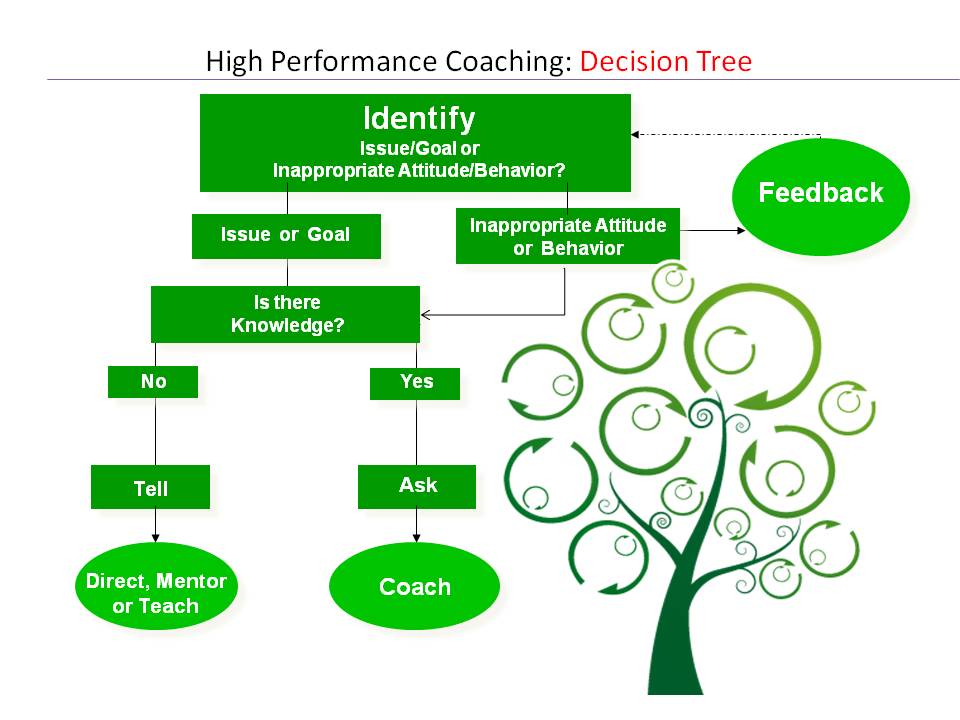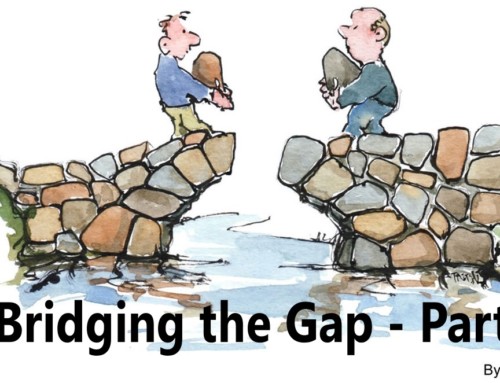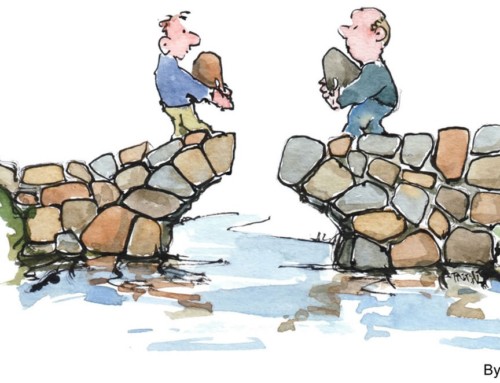I have had the pleasure of working with a large global client for the past year in developing their performance coaching culture.
A common question that arises is the question of when to coach or when to use a more directive leadership style. This is a guest blog I wrote in response to that question.

Many leaders new to coaching struggle with the decision about when to coach and when to employ a more directive management style.
As a coach and advocate of High Performance Coaching, my natural bias is to encourage coaching in most situations. However, there are definitely times when coaching is probably not the best approach to take. Let’s take a look at some key considerations and some advice from Accenture leaders who have developed performance coaching as one of their primary leadership skills.
The coaching decision tree suggests that if the employee has brought you a goal or issue that is outside of their knowledge and expertise, you may want to take a more directive approach such as mentoring or teaching by showing or telling them how you would handle the situation. However, that should be a rare situation. As one Senior Manager put it: “In my current situation, all my folks are coachable. I would turn the question around and ask when not to coach. I believe now (after all my training and putting it to use) that you should always try to coach (the rule) and not coach only for a few exceptions.”
This attitude was common among Senior Executives who have been through High Performance Coaching training. When asked, “How do you decide if it is worth taking the time to coach?” this was a typical response: “It’s always worth taking the time to coach – assuming there are no time constraints and the person has the knowledge.” When asked for insights or comments about when to decide to coach, we were told: “Always assume that coaching is the right approach – and then be surprised when it’s not. In this way, you’ll find you’re surprised less and less. “
In a recent coaching class, someone suggested that performance coaching should be focused on average performers, not the people at the top or the bottom. Let me address the top first. Not developing your top performers is an all-too-common mistake. In fact, they should get additional coaching in a high-potential leadership program. Remember, performance coaching is aimed at developing people’s thinking, and that pays huge dividends when you are working with the best and brightest.
Now what about those struggling to perform?
Certainly, you should provide training and direction if people are inexperienced or lacking some critical skill needed to perform their job. You can also provide a special type of coaching, often called “performance improvement” coaching to help get low performers back on track. But performance coaching is one of the best ways to determine if an employee is salvageable or would be better served in a different job or career.
Coaching is both an art and a science, and learning to use your intuition to decide is critical.
As one Senior Executive put it:
“I know my people quite well, so I consider their preparation to be coached, which is more about their mental status. Sometimes it takes little time to get into coaching. I must admit sometimes it is intuitive decision.” Another Senior Executive put it this way: “Sometimes it also helps to probe a bit to ascertain if they have experienced similar things in the past and even use that as a lead to coach and get their learning’s from that to bear. It’s also important to understand the emotional state of the person – to decide whether to advise / mentor or coach and what would work best….or do nothing, but listen and then set a follow-up at an appropriate period of time.”
So coaching is not always a clear-cut decision. You need to be able to read the coachee and their readiness. Most of all, you need to believe that your coachee has the best answer inside of them, the solution that is closest to the problem and the solution most likely to be successfully implemented because the coachee has ownership of that solution. Our experienced coaches did have some advice on when coaching is clearly not the best solution:
- When you are in a critical situation that demands an immediate response such as an executive escalation.
- When an employee exhibits an inappropriate attitude or behavior in violation of company values or ethics.
- If an initial coaching conversation attempt hits a brick wall due to lack of coachee experience.
Too often leaders choose not to coach simply because they are feeling rushed or are uncomfortable with their coaching skills.
As we have seen, there are legitimate reasons not to coach in any given situation, but feeling uncomfortable or rushed is not a legitimate excuse.
I’ll close with the advice of another client Senior Executive:
“As I have become more comfortable, my initial coaching conversations are significantly shorter, and far more succinct. And my follow-up coaching conversations to drive new habits take only about 5 additional minutes. By contrast, simply offering my advice and mentoring to solve a problem takes a short amount of time, however this perpetuates the person coming back to me constantly and makes them feel less committed to the solution.”






Leave A Comment
You must be logged in to post a comment.